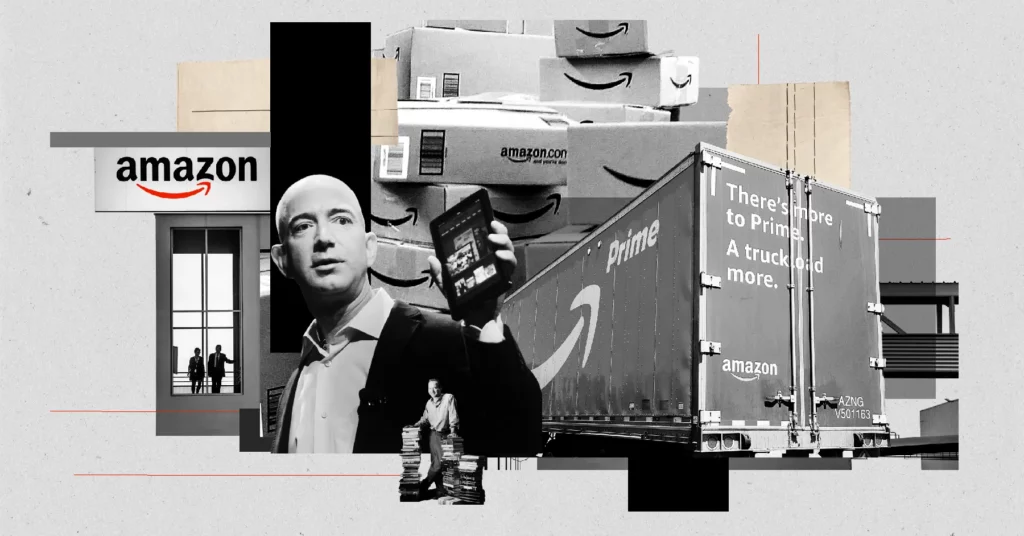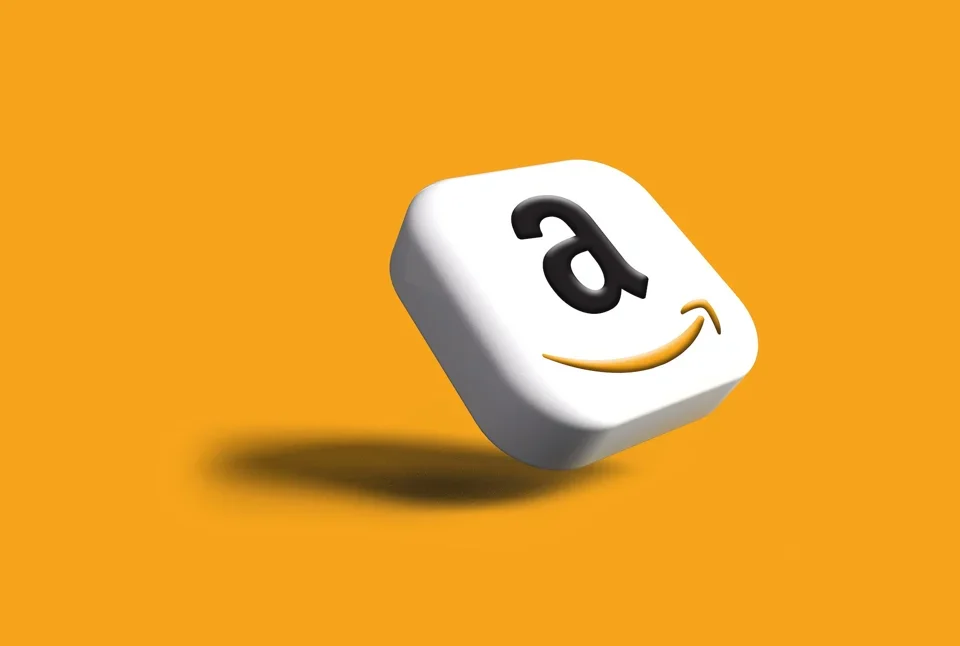Amazon Ads is not only officially on the map; it is actively developing a map of media, entertainment, and advertising.
That was the judgment at this week’s Amazon Ads conference in Austin, Texas.
Throughout the day, Amazon demonstrated its strength as a studio entertainment behemoth – something neither Google nor Meta could say – as well as a natural component of business cloud infrastructure. In its sales speeches, hands-on keyboard sessions, and meetings with ad tech partners and Amazon merchants, Amazon frequently linked its content fortress to AWS and its investments in AI and machine intelligence.
Before delving into Amazon’s capabilities, it’s vital to note that the advertising industry still has potential for simple improvements.
“We’ve heard feedback over the last few years that the DSP hasn’t always been the easiest to use,” Kelly MacLean, VP of Amazon Ads, told AdExchanger.
This is an understatement. But there’s also an opportunity.
READ MORE: MrBeast’s Amazon Reality TV Series Faces Class Action Lawsuit Over “Toxic Work Environment”
“Amazon still has so much runway ahead of it just from improving the platform UI,” said one ad tech executive who attended.

Three other Amazon ad buyers also complained about excessively sluggish wait times while utilizing Amazon Marketing Cloud (AMC), a data clean room created by Amazon Ads on top of AWS.
However, one Amazon agency buyer said that there is only so much Amazon can do. Ad tech and agency buyers aren’t used to the platform’s wait periods for, instance, creating an audience, which data scientists may consider as typical if they’re using SQL to query massive data sets.
One of the major changes announced by AMC this week is SQL-free coding, also known as SQL-lite coding, which allows non-cloud engineering natives to provide a natural language prompt, such as “a lookalike audience based on my top 30% of customers on Amazon,” and the platform will handle the SQL primarily.
READ MORE: ALS Patient With A Brain Implant Can Operate Amazon’s Alexa With His Thoughts
The AMC Theater
Speaking about AMC, the product is an important aspect of Amazon’s long-term plan.
On the one hand, AMC only provides data for rather big groups. No user-specific information is disclosed. So it is not comparable to third-party open programmatic technology.

However, AMC has unique access to many of the most innovative ways for advertisers to target or retarget granular populations based on Amazon sales data.
For example, Amazon Audiences, a prospecting tool for Amazon sellers and non-Amazon SMBs, has extended beyond DSP display ads to sponsored product listings, according to another unboxed announcement. And businesses that sell in shops want an AMC data stream that identifies which retail consumers were not targeted by an internet ad.
Furthermore, AMC has only permitted the Amazon DSP as an activation channel. According to two Amazon advertising sources, their account representatives informed them at the conference that interfaces with other DSPs are on the way, but they would not have the same granular querying capacity as the Amazon DSP.
READ MORE: Amazon Advertising Earned $50 Billion Over The Past 12 Months, And It’s Only Getting Started
Plus in terms of performance.
Earlier this year, Amazon launched Performance Plus, a machine-learning-based ad offering similar to Google’s Performance Max.
The advertiser enters their budget, customer acquisition expenses, and key performance indicators, and Amazon handles the rest.

“Everyone and their mother created their own version of PMax,” according to a brand advertising who asked anonymity to discuss beta-tested goods.
However, Pinterest, Snapchat, TikTok, Criteo, and others are piggybacking on PMax, as part of a trend in which marketers are shifting away from hands-on-keyboard campaigns and toward depending on platform algorithms, she added. Even Meta’s equivalent, Advantage+ Shopping Campaigns, is a faint mirror of Google.
That’s because Google encompasses so many various media and access points in people’s life, including Gmail, Maps, Search, YouTube, YouTube TV, and the web. Facebook, Instagram, and WhatsApp have high engagement rates and user reach, yet they are all comparable canvases for advertising.
Amazon and Performance Plus provide the same range of media, including Amazon Echo, Kindle, Fire TV, Prime Video, Twitch, the Amazon website and app, Freevee, IMDb, Whole Foods, and more.
“If Microsoft decided to really bring together everything it has (think Xbox, LinkedIn, Teams, Outlook and Bing), it could have that, too,” according to the same marketer. “But it’s hard to see anyone else’s ‘PMax’ having that kind of spread.”
To to MacLean, “the coverage we have [with Performance Plus] is very exciting and pretty impressive.”
Another benefit, according to the marketer, is that Performance Plus allows users to turn on or off the Amazon channels they want to target or avoid, and Amazon still records each impression provided, but Google does not.
Performance Plus is also part of a larger effort to streamline the Amazon Ads user experience.
MacLean also announced this week that Performance Plus campaigns can now be set up with only four clicks.
“We want marketers to still feel like they have some control and transparency,” she told me, “compared to feeling like they’re fully in a black box.”
Radiant TV, offering to elevate your entertainment game! Movies, TV series, exclusive interviews, music, and more—download now on various devices, including iPhones, Androids, smart TVs, Apple TV, Fire Stick, and more.


